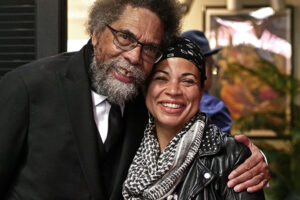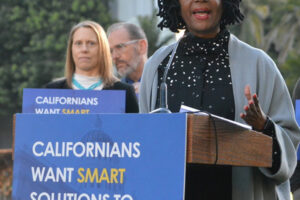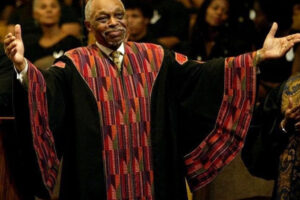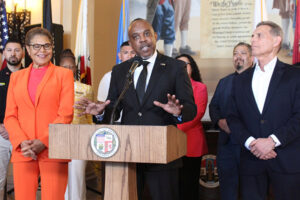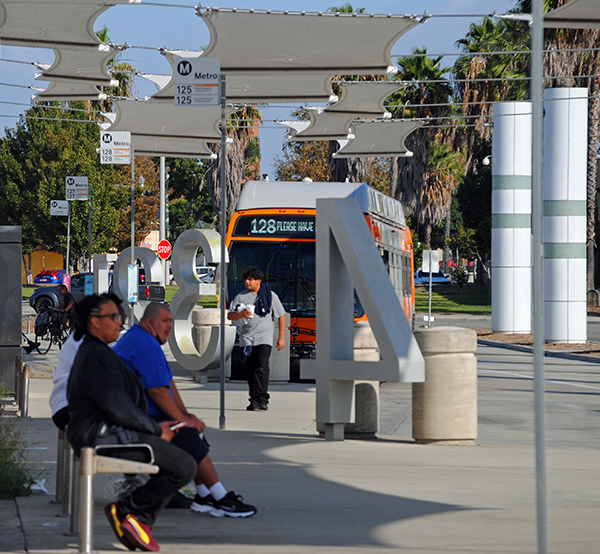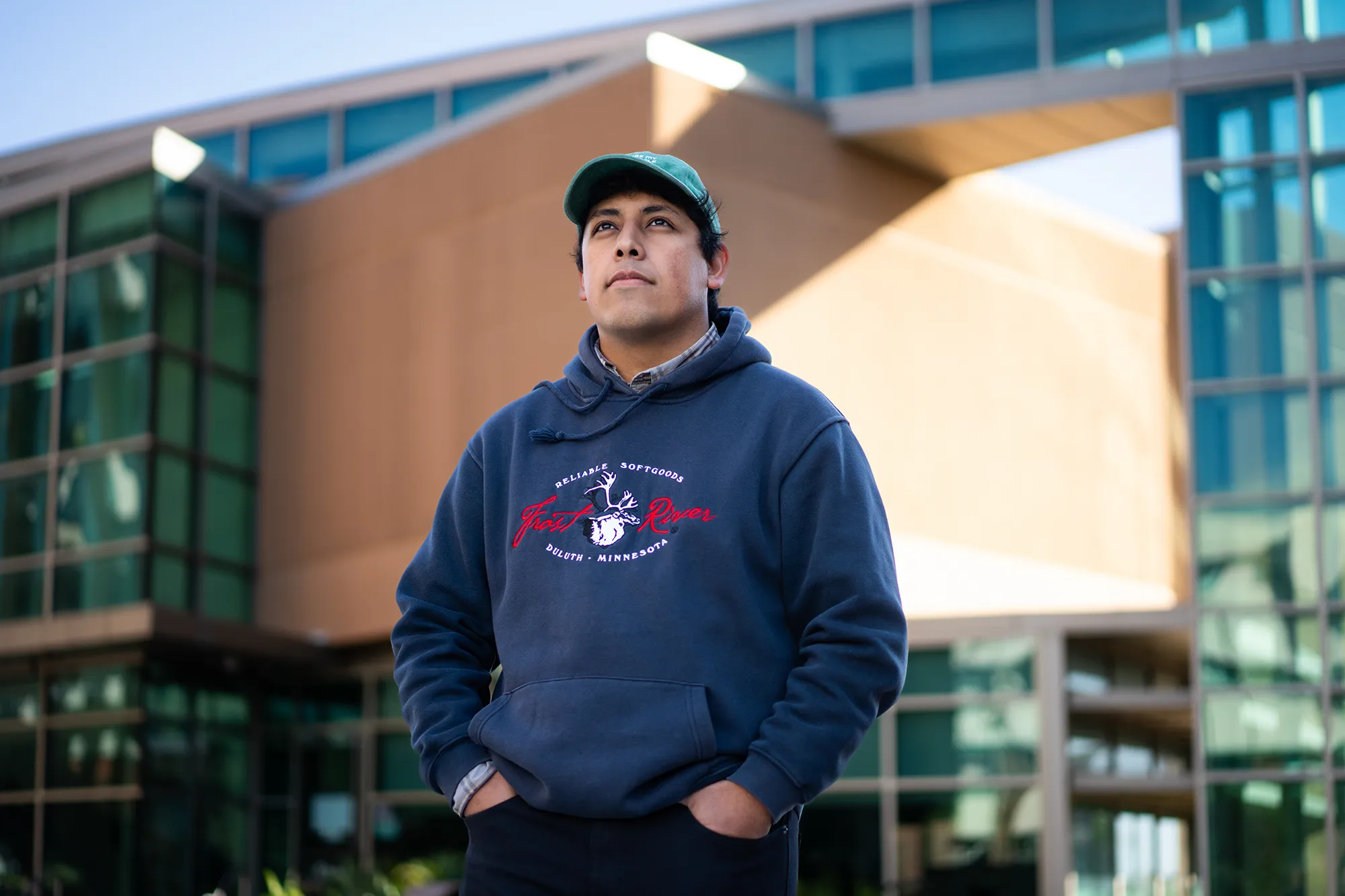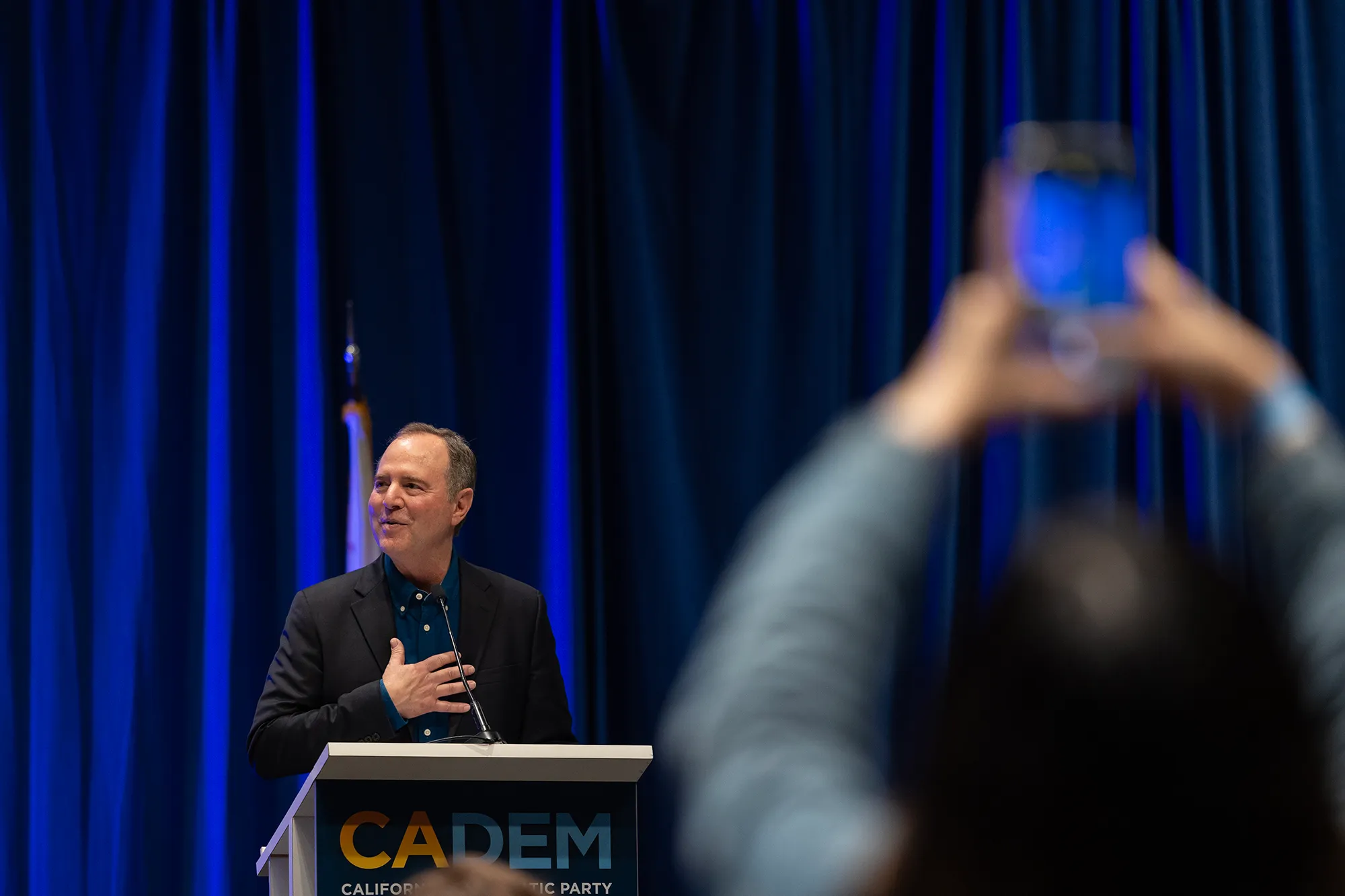By Alfredo Santana
Contributing Writer
LOS ANGELES — Two members of the Community Leadership Committee overseeing the Long Beach (710) Freeway corridor project have accused the Paramount-based Gateway Cities Council of Governments of excluding Compton from an ad hoc group formed to recommend a series of infrastructure works seeking funds from public entities.
Committee members Phyllis Ollison and Sinetta Farley criticized Gateway Executive Director Nancy Pfeffer and its 14-member ad hoc committee for failing to include Compton representatives in virtual meetings to select 24 transportation projects aimed at improving transit in Southeast Los Angeles.
Ollison said it appeared the decision was made to make room for Signal Hill and the Port of Long Beach, two wealthier communities at the southern end of the freeway.
In response, Pfeffer said that the Council of Governments had to regroup in the aftermath of the Environmental Protection Agency and the Department of Transportation’s 2021 decision to withdraw support for the original plan that called for widening the freeway by displacing residents and micro-businesses.
She added that in light of the Brown Act, the number of representatives had to be small, and that the documented decision to exclude Compton council members was made by the Council of Governments’ board.
“I still don’t understand why Compton was not part of the meetings,” said Ollison, a Compton resident during the committee’s most recent meeting Oct. 20.
All the ad hoc committee representatives are from Bell, Bell Gardens, Commerce, Cudahy, Long Beach, Lynwood, Maywood, Paramount, Signal Hill, South Gate, the Port of Long Beach and from county supervisorial districts 1, 2 and 4 were invited to the meetings.
The ad hoc committee met 18 times online to discuss the list of transportation projects that ultimately was sent to the Long Beach Freeway south corridor task force for analysis and potential recommendation for funding before the Metropolitan Transportation Authority’s Board of Directors.
The Gateway Cities Council of Governments was formed in 1996 with the goal to advocate for investments in transportation projects and other joint concerns of the 27 municipalities that make up Southeast Los Angeles.
Compton is also a member of the Gateway Cities Council of Governments.
Cudahy Mayor Elizabeth Alcantar served as the ad hoc committee chair and Lynwood’s Councilwoman Marisela Santana was its vice chair when the group was created in July 2021.
Pfeffer said that the committee held gatherings twice a month, adopted a list of guiding principles last January, and picked the 24 projects it considered relevant to improve mobility and transportation in the area.
The list was forwarded in June to the freeway task force to study. The task force, the Community Leadership Committee and other work groups are expected to select a series of plans to improve transit and air-quality in 2023.
Programs are expected to address a myriad of issues. Among them are transition of diesel cargo trucks to run on electric batteries, streets with bus-only lines to speed public transportation, health programs for students attending schools along the corridor, reforestation with native plants and training for residents to work in related projects.
Funds would be allocated from nearly $1 billion the MTA has set aside to ease hazardous carbon emissions and lackluster public transportation along the freeway corridor.
Farley, who lives in East Rancho Dominguez, said the community she represents on the committee is popularly known as East Compton, and she was equally disappointed that Compton did not have a say in the ad hoc committee.
“I stand in agreement [with Phyllis] that Compton should have been included in the conferences,” Farley said.
Pfeffer said that the Council of Governments will advocate for the proposed plans at federal, state and regional levels to obtain monetary support for projects that may not make the cut for funding under the current program.
The ad hoc committee’s job is over and does not plan to meet again, Pfeffer added.
“We really focus on cases and issues that affect multiple cities,” Pfeffer said.
In addition, two other MTA officials provided updates on transportation programs separated to the freeway’s investment plan, but related to the south corridor area.
Dolores Roybal, the MTA’s deputy executive officer of mobility corridors, said the transit agency is conducting studies to build the West Santa Ana Branch’s aerial sections to reach downtown’s Union Station, and contacted Little Tokyo residents to weigh in on access to its own station.
Roybal said that this month the agency will confirm the project’s definition for its environmental impact report and execute agreements with corridor cities where the light rail train will run.
The construction of the initial 14.8-mile track between the Slauson Avenue A Line station and Artesia is not expected to be completed until 2033 at the earliest.
“We started the community input process and started the environmental impact effects. Those are very big concerns,” Roybal said. “It’s something we have worked, not only among our team, but within the cities and various community groups so we can have an understanding of what are the goals of the project and outreach to provide access to communities in the region.”
Joseph Forgiarini, the MTA’s senior executive officer of service deployment, said that ridership levels on buses have not fully recovered from the downturn at the height of the COVID-19 pandemic, but they are steadily rising.
Forgiarini said ridership volume is at 75% of pre-pandemic levels, a statistic measured by built-in technology that detects weekly boardings and exits, but is independent from those who pay a fare per ride.
For her part, meeting facilitator and Here LA co-director Amber Hawkes told committee members that an evaluation criteria to identify projects will be based on comments and suggestions from participants gathered in the corridor’s interactive web tooling map, input from attendants at in-person events and survey responses.
Hawkes said that the evaluation criteria to select projects should align with the group’s six equity goals that seek better air quality, community support, enhance the environment, improve mobility, safety and foster economic opportunities.
She defined the evaluation criteria as “a benchmark or standard which with projects and programs will be evaluated to measure their relevance, impact, sustainability, effectiveness and fit.”
For the evaluation criteria to work, Hawkes gave a few examples.
She encouraged committee members to think about how new technologies can improve air quality, what factors can make a school building better withstand climate change, how communities can become more climate resilient, and how corridors with buses and bike lines can be safer and more functional.

